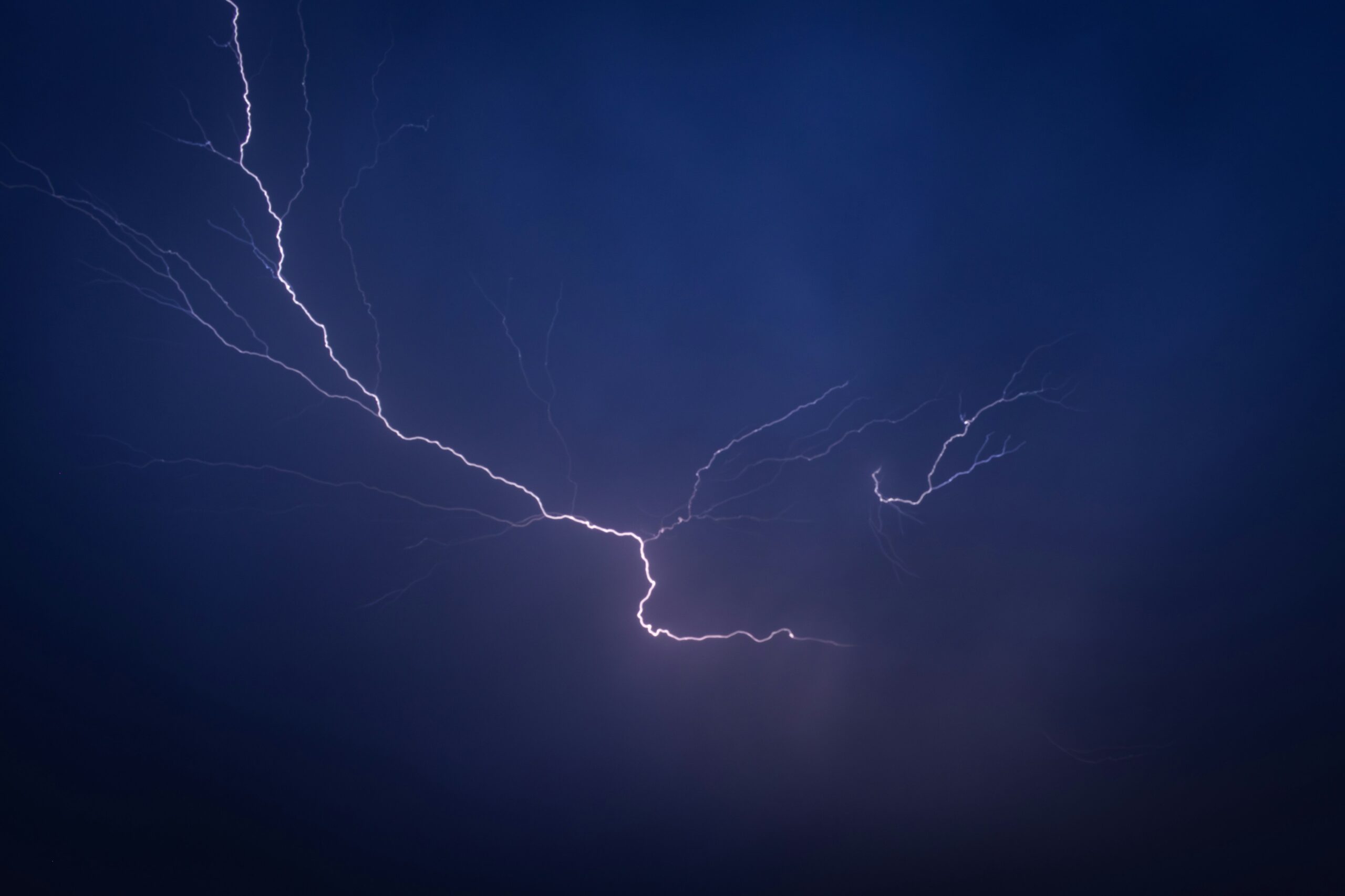The National Weather Service has issued a severe weather outlook for the central United States, warning residents to be prepared for potentially dangerous conditions. Meteorologists are closely monitoring the development of this weather system, which has the potential to produce large hail, damaging winds, and even tornadoes.
Thursday and Friday are expected to be the initial days of severe weather, with the Plains and Midwest regions being the primary targets. As the storm system moves across these areas, it will bring with it the threat of intense thunderstorms and heavy rainfall. This combination of factors can lead to flash flooding, making it crucial for residents to stay informed and take necessary precautions.
Over the weekend, the central US will face a second round of severe weather, amplifying the already heightened risk. This extended period of storm activity has the potential to cause significant damage to homes, vehicles, and infrastructure. It is essential for individuals to secure loose objects and seek shelter in a sturdy building or basement when severe weather warnings are issued.
Local emergency management agencies are working diligently to ensure that residents are well-informed and prepared for the upcoming severe weather events. They are urging residents to have an emergency kit ready, including essential items such as flashlights, batteries, a first aid kit, and non-perishable food and water. Additionally, it is advised to have a plan in place for communication and evacuation, should it become necessary.
As the storm system progresses, it is crucial for individuals to stay updated on the latest weather forecasts and warnings. Local news outlets, weather apps, and official websites can provide real-time information and guidance. It is important to heed the advice of meteorologists and authorities to ensure personal safety and minimize the impact of these severe storms.
Round 1: Thursday-Friday
The initial round of severe weather is expected to bring large hail, wind damage, and the possibility of tornadoes. The areas most at risk include northwest Texas, western and central parts of Oklahoma and Kansas, and south-central Nebraska. While the primary threats are hail and wind damage, there is also a chance of isolated tornadoes.
Round 2: This Weekend
The second round of severe weather will occur over the weekend as another jet stream disturbance moves into the Plains. This could result in severe thunderstorms developing from northern Texas into much of Oklahoma and southern Kansas. Cities such as Dallas-Fort Worth, Oklahoma City, and Wichita, Kansas, may experience severe weather during this time. The exact threat area for Sunday is still uncertain.
It is important to note that this type of severe thunderstorm threat is common during the spring season. The setup involves a southward dip in the jet stream known as the western trough, which is expected to develop in the west later this week. This trough will be accompanied by two prominent disturbances that will move from the Rockies into the central US. These disturbances will bring warm and increasingly muggy air from the Gulf of Mexico, creating an unstable environment favorable for thunderstorm development.
As the severe weather unfolds, it is crucial to stay informed and take necessary precautions to ensure personal safety. Pay attention to local weather reports and follow any guidance or warnings issued by authorities. Seek shelter in a sturdy building if severe weather approaches your area, and stay away from windows and exterior walls. Have a plan in place and be prepared with essential supplies, such as a battery-powered weather radio, flashlight, and emergency kit.
Remember, severe storms can be unpredictable, and it is always better to err on the side of caution when it comes to your safety. Stay informed, stay prepared, and stay safe.
Furthermore, it is advisable to secure any loose outdoor items, such as patio furniture or gardening equipment, as strong winds associated with severe thunderstorms can cause these objects to become dangerous projectiles. Additionally, make sure to bring any pets indoors and ensure they have a safe and comfortable space during the storm.
In the event of a power outage, have a backup plan for charging essential devices such as cell phones and medical equipment. Consider investing in a portable power generator or having extra batteries on hand. It is also a good idea to have a supply of non-perishable food and bottled water in case you are unable to leave your home for an extended period.
During severe thunderstorms, lightning is a significant threat. If you are outdoors and cannot find shelter, avoid open fields, hilltops, and tall isolated objects. Instead, seek refuge in a low-lying area such as a ditch or a depression in the ground. Do not take shelter under trees, as they can attract lightning strikes.
Finally, after the severe weather has passed, be cautious of potential hazards such as downed power lines or debris. Avoid walking or driving through flooded areas, as the water may be deeper than it appears and could be carrying unseen dangers.
By staying informed, prepared, and taking necessary precautions, you can minimize the risks associated with severe thunderstorms and ensure the safety of yourself and your loved ones.

